Item number: 59078
An Art Déco sterling silver fish platter,
Berlin circa 1935 by Ferdinand Richard Wilm
The elongated tray form with a wide rim, which shows a classicistic geometric line frieze which is subdivided by rhythmically engraved acanthus leaves.
High quality work in the high manufacturing quality typical for Ferdinand Richard Wilm. The tray was chased exclusively by hand, the engravings cut with the graver.
65.3 cm / 25.70″ length, 33.4 cm / 13.14″ width, 1.9 cm / 0.74″ height; 1735.9 g / 55.81 oz
The German silversmith Ferdinand Richard Wilm (1880-1971)
Ferdinand Richard Wilm came from the prestigious Wilm dynasty of goldsmiths, whose beginnings lie in the founding of the workshop by Gottfried Ludewig Wilm in 1767. The workshop was continued by Hermann Julius Wilm (1812-1907) and Ferdinand Richard’s father Johann Paul Friedrich Wilm (1840-1923). The goldsmith dynasty could claim the realization of some important orders for the high nobility as well as royal families of Europe. Family discrepancies led to Ferdinand Richard Wilm initially pursuing an apprenticeship as a banker and working for various banks in London and New York. It was not until 1911 that he switched to the family business, which he ran as a 50% partner with his brother Johann David and operated under the name “H. J. Wilm”. The collapse of the monarchy and of the upper nobility as clients as a result of the First World War meant that new clients had to be sought, which were found in the upper middle classes. In 1923, the important silversmith workshops Paul Teige and J. Godet & Sohn were acquired by Wilm. This meant that not only the excellent staff (which included artist-silversmiths such as Erna Zarges-Dürr, Willi Stoll and Robert Fischer) but also their customer bases were taken over. Along with Emil Lettré, Ferdinand Richard Wilm was one of the most important silversmiths of the 1930s. When the National Socialists came to power, Wilm’s business success ran into difficulties. The business acumen of Jewish goldsmiths and silversmiths, as well as their high cultural education and sense for quality led to the fact that this trade was dominated by them. Greed and resentment on the part of the National Socialists led them to keep a particularly close eye on this trade and to place members of this branch of business under general suspicion. Thus, Ferdinand Richard Wilm, as well as his son Johann Renatus, were interrogated by the Gestapo and attempts were made to impute ideological violations to him. Ferdinand Richard Wilm was only able to escape further persecution by bribing Hermann Göhring. In order to be allowed to continue working as a gold and silversmith, Wilm – like Emil Lettré – was also forced to come to terms with the new rulers and produced gold and silverware for them, among other things for representative use. His works of the 1930s combined classicist tendencies with those of Art Deco without appearing heavy-handed. Comparable to Emil Lettré, Wilm created objects of simple, austere design in his silverware, which he provided with accentuated engraved decoration. The silverware from the workshop of Ferdinand Richard Wilm was created exclusively using traditional techniques: the shapes were driven by hammering, engravings were cut with a graver. As an advocate of traditional craftsmanship, Wilm rejected any technical aids such as a molding press.
After the end of the Second World War, Wilm continued to run his business in Hamburg, although in the course of denazification under the new leadership he again had to face suspicions of collaboration with the National Socialists.
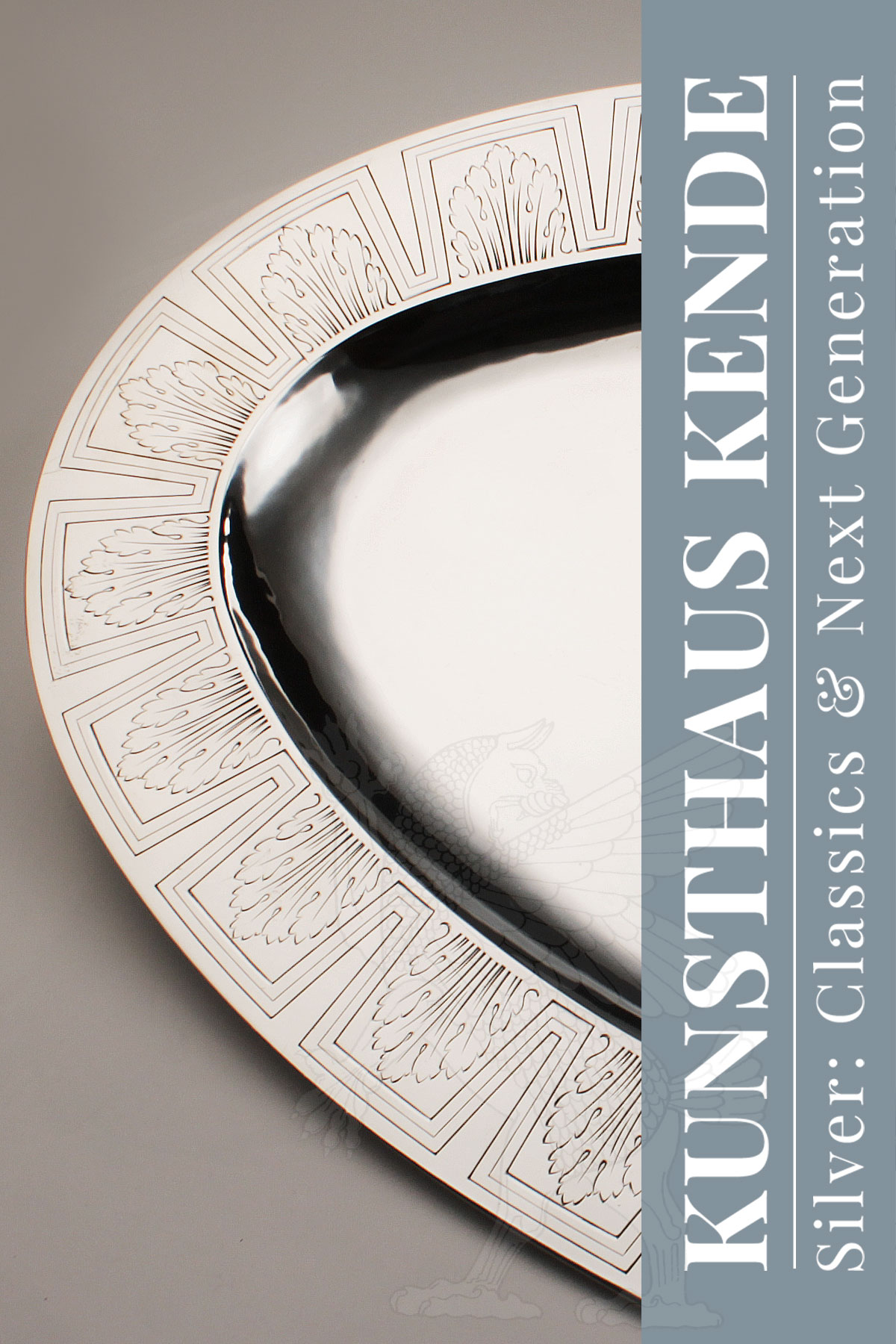
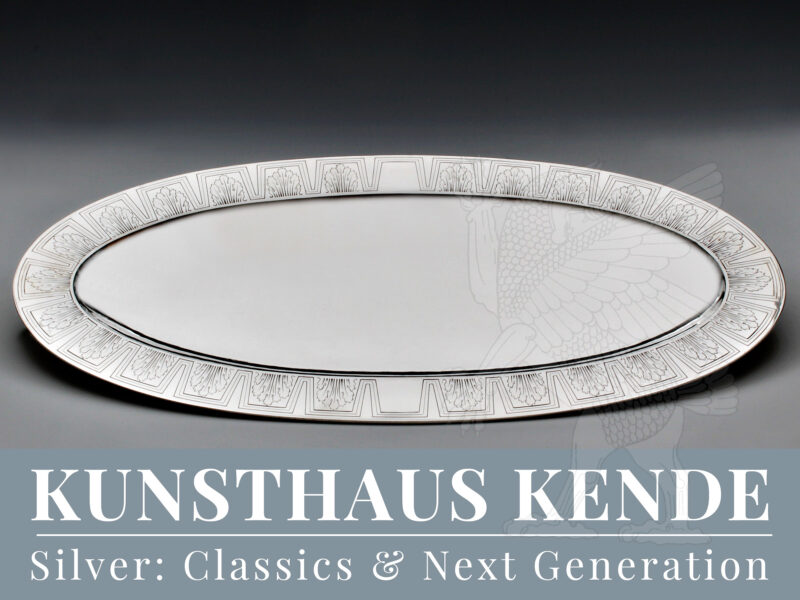
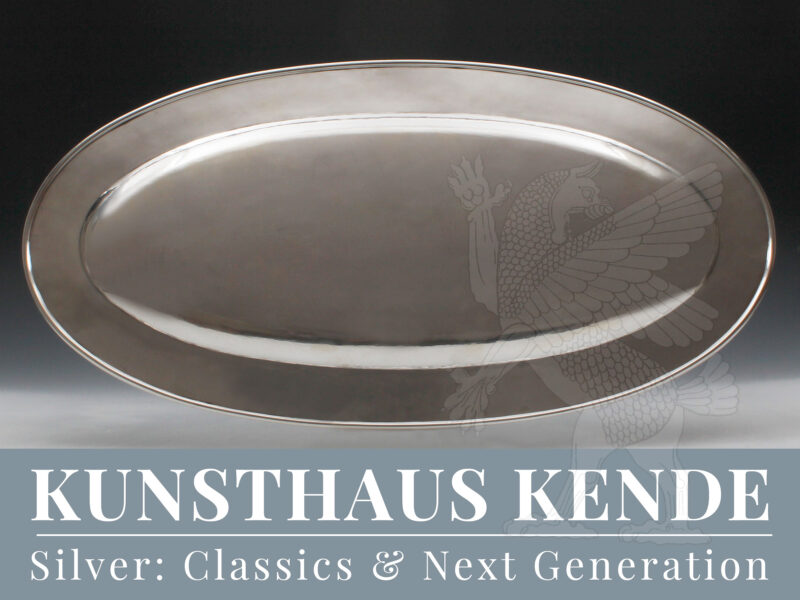
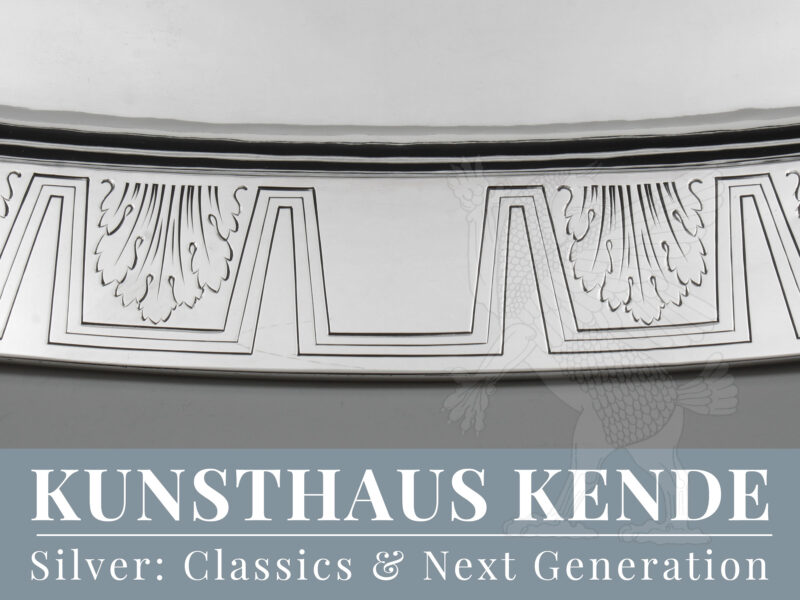
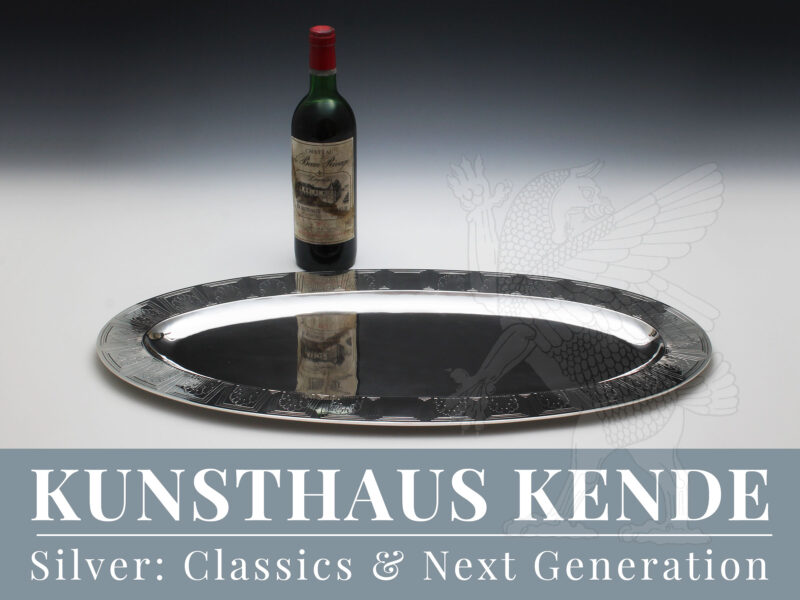
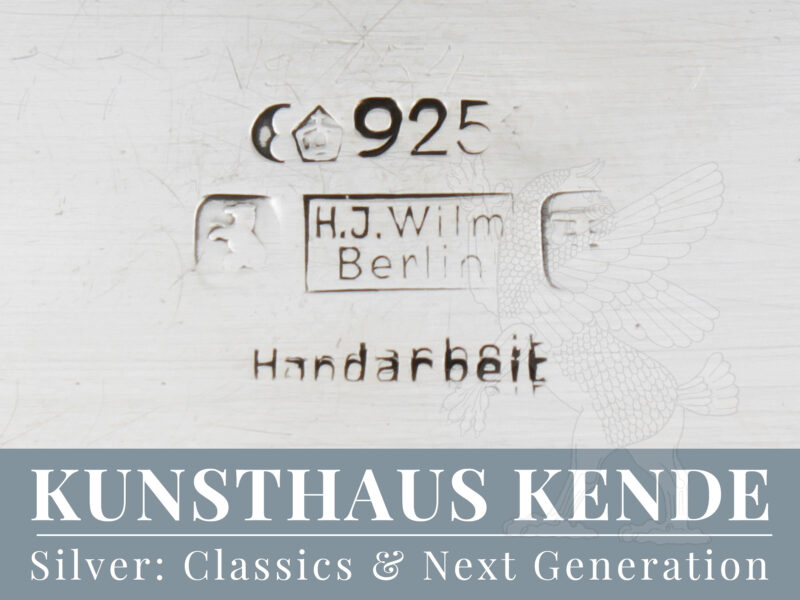
![[:en]Greif Kunsthaus Kende[:]](https://kunsthaus-kende.de/wp-content/uploads/greif_kunsthaus-kende-238x300.png)

